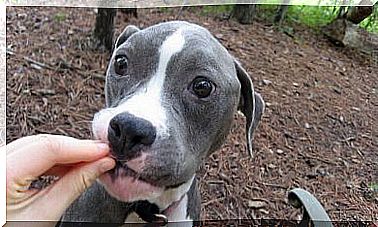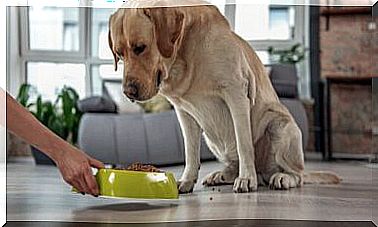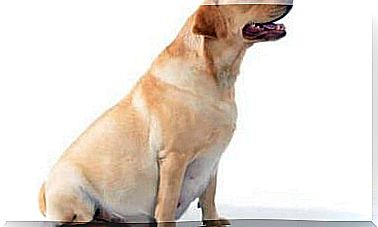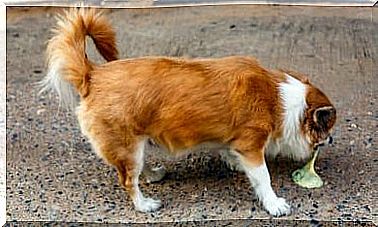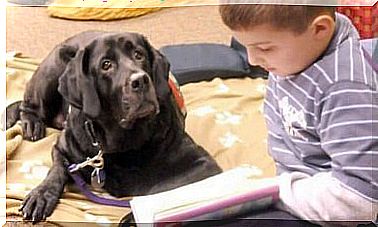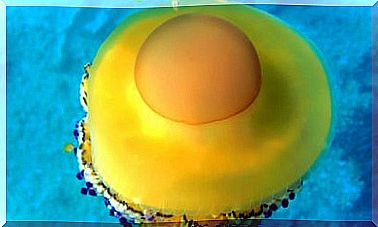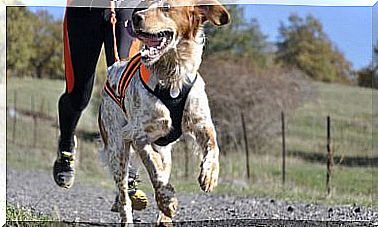Eye Injuries In Dogs: Symptoms And Treatment
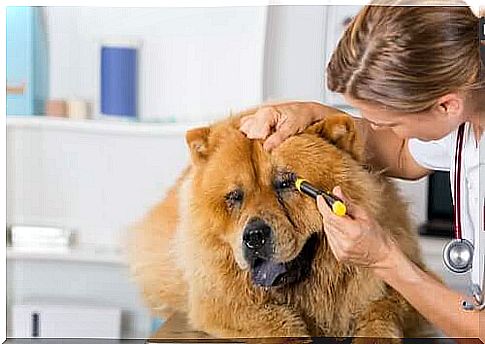
Eye injuries in dogs can leave permanent scars and even cause blindness if they are penetrating or ulcerative. Even if there is a foreign object visible to the naked eye, it is important not to try to treat an eye injury at home.
Eye injuries include foreign bodies, itching, puncture injuries, chemical injuries, or eye contact trauma.
If the dog’s eye is closing or the animal is squinting to protect it, or if the eyelid is not working properly, be aware that these are clear signs of a serious medical emergency.
Symptoms of eye injuries in dogs
Many different eye diseases can affect dogs. Eye symptoms can appear even without injury. The main symptoms that denote an eye injury in dogs are as follows:
- Distress or general discomfort.
- Vesguise.
- Blink quickly.
- Inability to open the eye.
- Lachrymation.
- Bloody or bloodshot eyes.
- Reaction to avoid bright lights.
- Attempts to rub eyes and face.
- Distorted pupil.
- Visible foreign object.
- Cloudiness or change in eye color.
- Eye secretions.
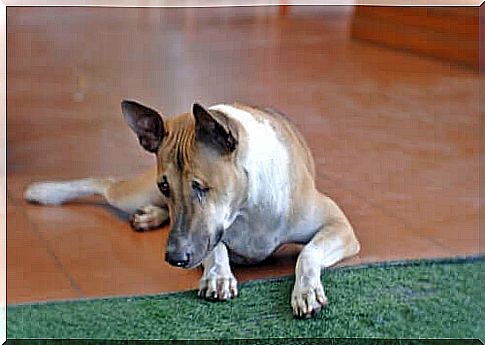
Causes of eye injuries
An eye injury occurs when something comes into contact with the dog’s eye and causes damage. A fight, a scratch or a kick can damage a dog’s eyes. This type of problem can also be caused by elements of the environment, such as tree branches, insect bites, etc.
Chemicals, sharp objects or tools can also pose a threat. Itchy eyes due to allergies or mild irritation can damage the eyes if the dog rubs them with something. If this behavior continues, an ulcer or sore on the cornea can form.
Eye injuries range from mild to severe and, in general, the veterinarian can diagnose them with simple tests. Common eye injuries include corneal laceration, corneal ulcer, puncture wound, eyelid trauma or proptosis.
Treatment of eye injuries in dogs
The veterinarian will treat simple wounds with an Elizabethan collar to prevent the dog from scratching the affected area, along with antibiotics and other medications, usually in the form of drops.
Antibiotic drops treat bacterial infections, while atropine drops dilate the dog’s pupil and help relieve pain. In some cases, the veterinarian may even prescribe soft contact lenses to protect the wound.
In severe cases, your veterinarian will prescribe antibiotics to prevent infections, anti-inflammatories to relieve swelling and aid healing, or pain relievers to help relieve pain.
More serious and complicated wounds may require surgical exploration to make a complete diagnosis. This surgery will seek to repair the dog’s eye and restore its function. The exact medications and doses will depend on the severity of the dog’s injury and, where appropriate, the surgery required.

Recovery
It is necessary to monitor the dog’s eye injury frequently to verify recovery. For simple wounds, it is important to carry out a daily observation during the first few days and take note of any differences.
In the event of any negative changes, or if the wound does not appear to be improving, the veterinarian should be consulted. In the case of a dog recovering from corrective surgery, it is of great importance to carefully follow all veterinarian instructions and monitor progress.
The deeper the eye damage, the greater the possibility of partial or complete loss of vision. However, in most cases, the dog completely recovers from the eye injury. Recovery time depends on the type and severity of the injury.
Prevention
There is no doubt that accidents can happen. However, many of the eye injuries in dogs are preventable. One of these prevention measures is very simple: properly socialize the dog to avoid fights.
It is also important to take care of the environments that the dog frequents : care must be taken to protect it from sharp objects, chemicals and anything that could be a risk to its health.
If the place where the animal lives has a garden or if it is taken for a walk in the field, it is important to be careful with branches, weeds and other elements that can damage the eyes.
Finally, it is important to emphasize the importance of preventing the dog from sticking its head out of the window of a moving car. Among other risks, something could get into his eye and cause an injury.
